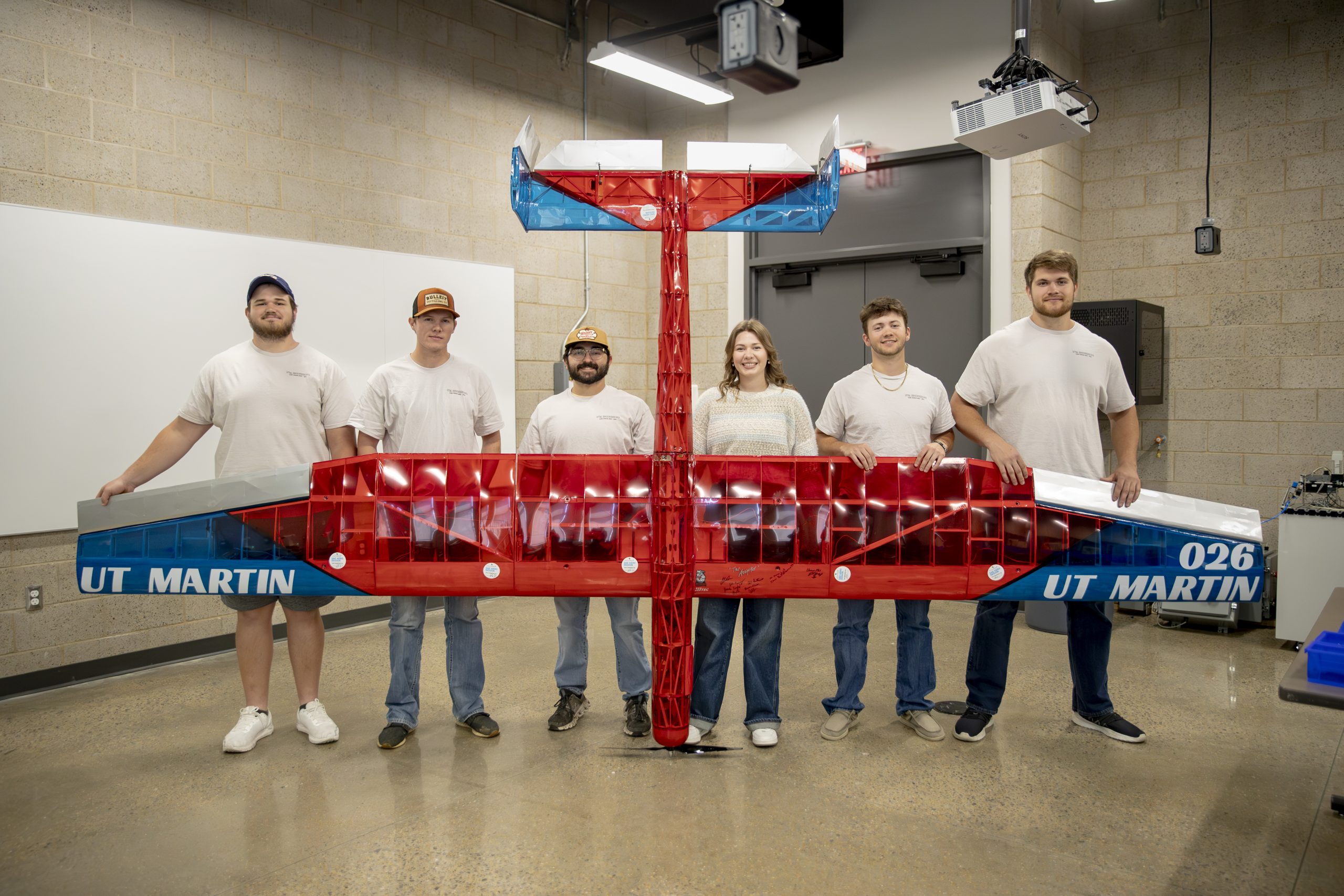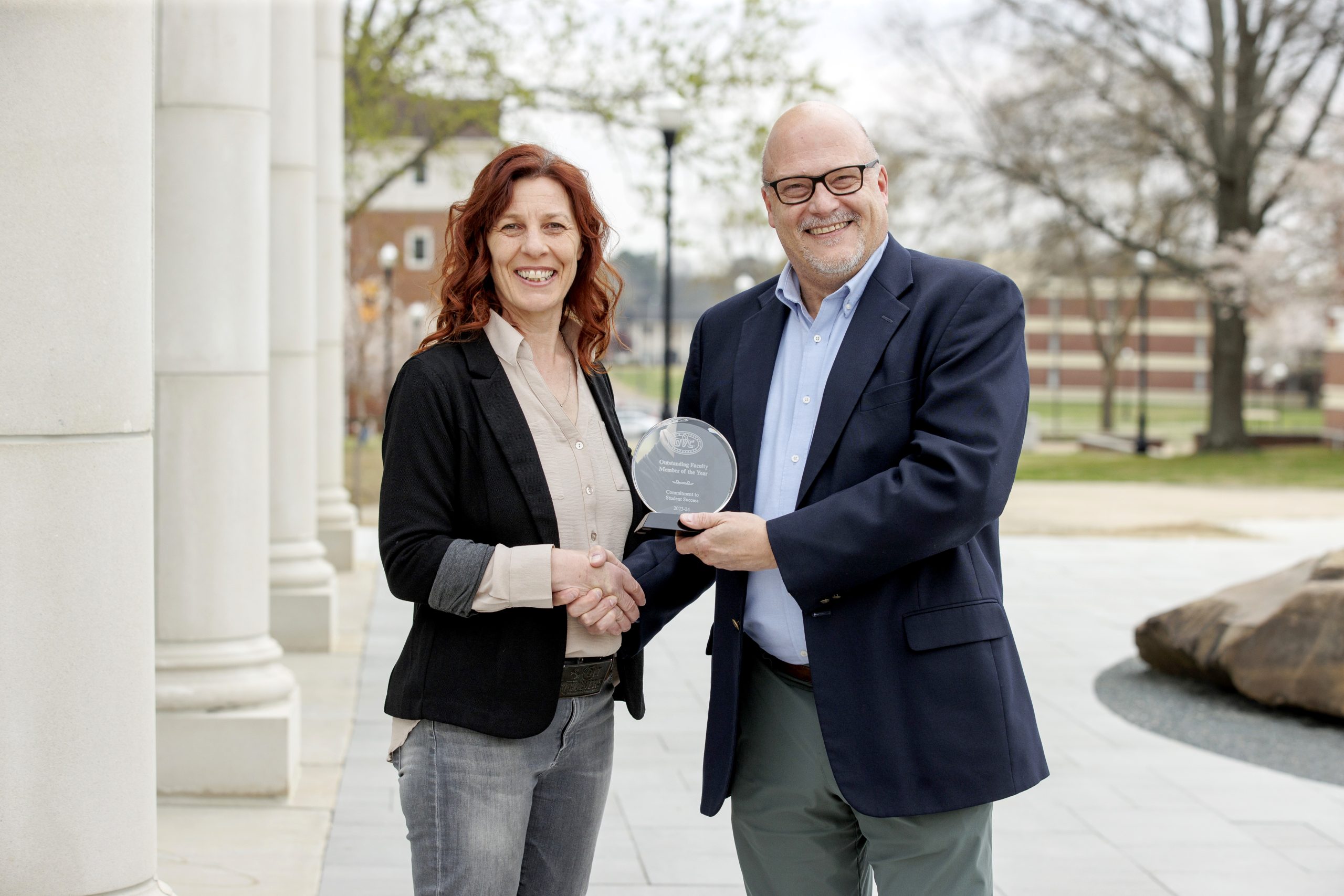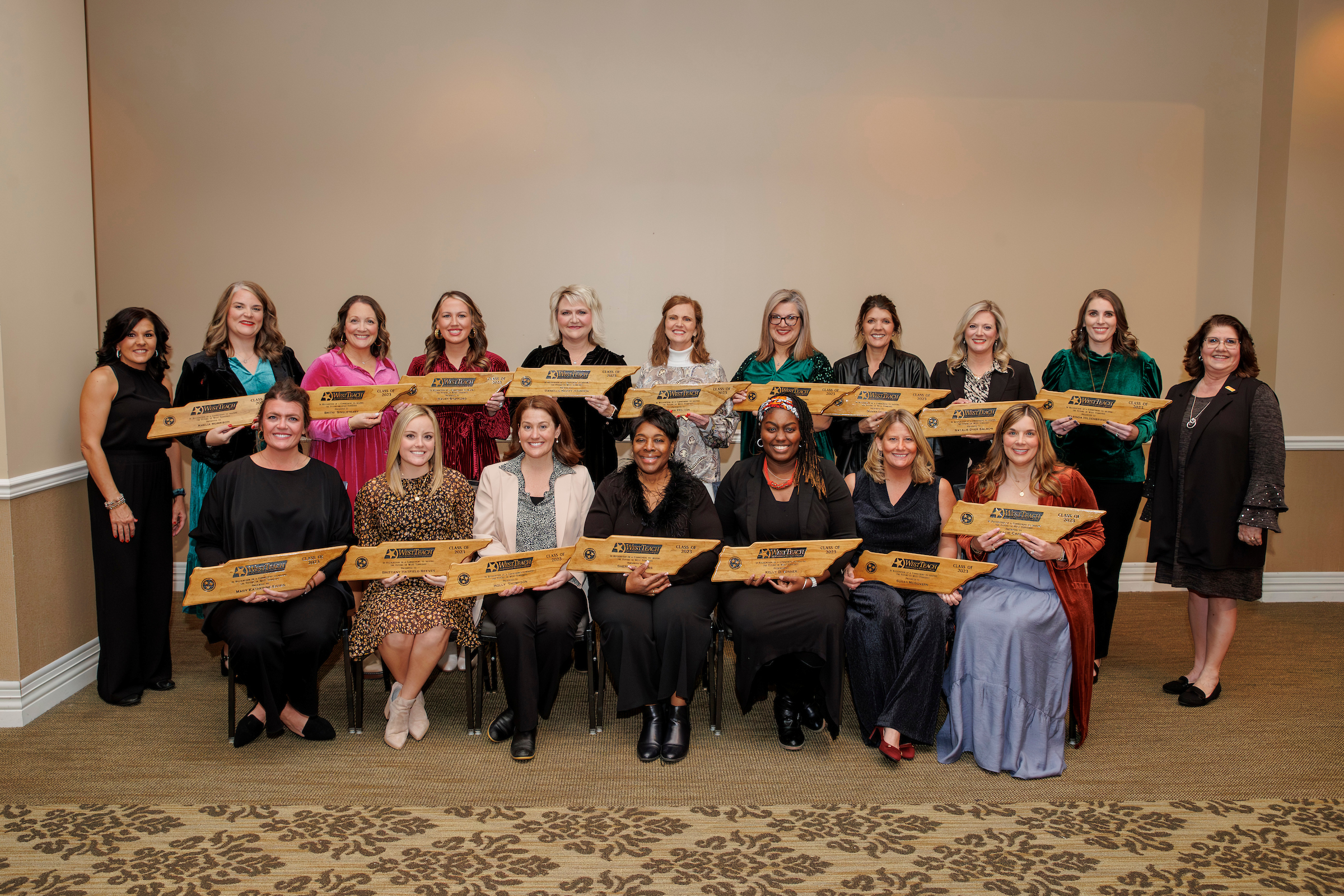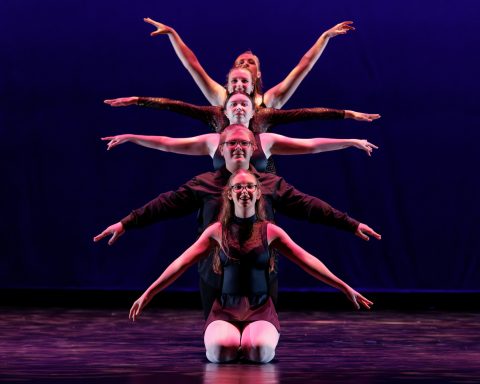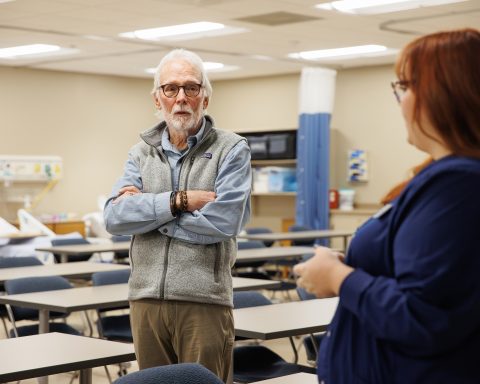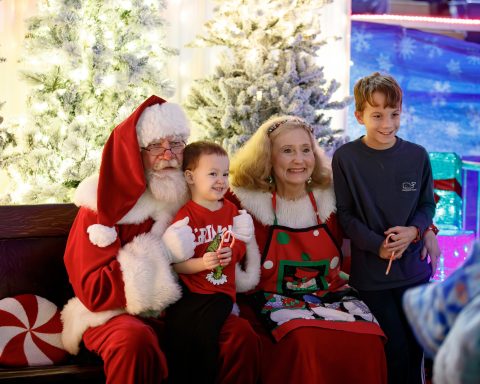The UT Martin aero engineering team took fifth place among 26 international teams at the 2023-24 Society of Automotive Engineers (SAE) Aero Design Competition, the highest finish of any team from the United States in its class level.
The UT Martin team competed in the regular class in the East Group at the competition held March 8-10 in Lakeland, Florida, and finished with a total score of 101.52 points.
The UTM team finished behind first-place Universidade Federal da Bahia of Brazil (145.6 points), second-place Nanjing University of Aeronautics and Astronautics of China (142.5), third-place Concordia University of Montreal (104.5) and fourth-place University of Manitoba (123.15).
Other class levels included the advanced class and the micro class. Teams are judged on design, presentation and mission performance of a team-built, 750-watt electric motor-propelled aircraft.
The UT Martin team also placed third in presentation in the regular class with a score of 38.55, placing behind first-place Concordia University of Montreal (45.6) and second-place University of Manitoba (41.5).
Team members included president Haley Baker of Arlington, Alec Beaman of Franklin, Jack Nanney of Martin, Gavin Olson of Collierville, Clint Southworth of Bagdad, Kentucky, and Josiah Tingley of Cordova.
The team was led by Dr. J. Douglas Sterrett, semi-retired professor of engineering, and Dr. Ashley Owens, assistant professor of engineering.
All six team members are seniors, but none of them is an aeronautical engineer. All of them are mechanical engineers.
“We have no aerospace courses (at UT Martin),” Sterrett said. “The team starts (work on the project) in September knowing almost no aerodynamics whatsoever and accomplish this in about six months.”
Sterrett said the aim of the competition is to build an airworthy craft that is capable of carrying a 20-pound payload.
“The primary engineering goal in the regular class is to maximize the payload carried by the aircraft using the very limited 750-watt motor and use no more than 100 feet of runway,” he said. “To put this in perspective the typical RC (radio- or remote-controlled) hobbyist using this motor power will fly a 4- to 5-pound aircraft. We fly in excess of 40 pounds.
“To maximize the payload points, the students must predict, using analysis, the maximum payload and include this in the technical report, which was submitted prior to aircraft completion and testing, a true engineering challenge. The UT Martin aircraft successfully carried its predicted 20 pounds of payload this year with a takeoff weight of 42 pounds for multiple flights.”
Teams were tasked with building an aircraft that is tested for airworthiness and could carry a payload of 20 pounds. Construction alone took 2½ months to complete, but there is more to the competition than building an aircraft and seeing if it can fly.
“There is the construction phase, and to me, there are really four phases,” Sterrett said. “There is the developing concept phase, and then, there’s the detail design phase and analysis, which the team spends all fall semester on. Then, there’s the fabrication phase, which most of that is done during the Christmas break; these guys were here, with the exception of a couple of days, during Christmas break. And then, there’s the testing phase.
“In addition to that, they are required to submit a 30-page formal technical design document at the end of January, and they are required to do a very formal, professional oral presentation a couple of weeks beforehand. These are judged by some of the top aerospace engineering managers in the country.”
Many of the international teams had to compete with other teams from their country to earn a place in the SAE competition, so UT Martin competed against the best team from those nations.
“It’s truly competing against some of the best competition in the world,” Sterrett said. “We have six team members. On average, the other teams have 20-plus members.”
While the team is proud of having the best score among U.S. teams, Nanney pointed out that it was a team effort, working around different schedules, including those of football players Olson and Tingley, baseball player Beaman and rodeo student-athlete Southworth.
“Balancing our schedules to even get construction done was its own project,” Nanney said.
Sterrett said that UT Martin has historically had several underclassmen who participate with the team by learning how it’s done and gaining more responsibility as they grow into it.
“I would say this is the first year since COVID that we’ve really been able to get this back together and working well,” he said. “We’re trying to build this back up so we have lowerclassmen who will then become the leaders of the team as juniors and seniors.”
There were many aspects of taking part in the SAE competition that the team members found enjoyable.
“My favorite part is seeing the collaboration from a group of students with different interests all coming together and seeing it through from start to finish,” Nanney said. “My favorite part of it is the teamwork aspect because everything could not come together if it weren’t for all of us. The skills we’ve learned from working together as a team have been invaluable.”
As a player on the successful Skyhawk football teams from 2022 and 2023, Tingley made comparisons to being on a football team.
“As a football player, I work with people as a team,” he said. “That’s all working with the same mindset of that sport. With this, we all came in with six different perspectives on a project and five people who had never worked on this in our lives, and all having to come in together and learn and put one specific goal in mind that was going to take six months to accomplish and see what we could do in six months.
“As an athlete, you prepare one week for a football game, then practice the next week for the next football game. This was working six months’ worth of a project that would build up, bringing six people together. I thought that was really valuable learning.”
Southworth said that when he saw the aircraft fly for the first time, it struck him that the six-person team worked to make that happen.
“The six of us designed and built something that can fly,” he said. “Not just once, as Dr. Sterrett points out a lot – ‘Everything flies once’ – but it has flown many times.
“That was really cool to see that after all of our work, it turned out how we wanted and how we planned, even a little heavier than we had designed and planned for.”
The UTM team placed 19th in the regular class of the East Group last year, but placed fourth in the advanced class of the East Group in 2017, ninth in the advanced class of the East Group in 2018, fifth in the advanced class of the East Group in 2019, eighth in the advanced class of the East Group in 2020 and fourth in the advanced class of the East Group in 2022.
“This is the 13th or 14th year that I’ve done this,” Sterrett said. “We have always been highly competitive. They know who we are, and they love us because we treat them professionally and perform very well for such a small school with no aerospace degree.”
Asked what skills are needed to make the team, Sterrett said, “None. A new student joining the team will learn the necessary skills as they grow with this team.”
“The interest and the want to keep sticking with it is what counts,” Baker said.
“Show up and work on it,” Nanney said. “Like I said, with our schedules, there were times when we wouldn’t get here to work on it until 7:00 at night, be here for several hours and have class the next morning.”
Having the experience of competing against teams from other countries on your postgraduate resume is impressive, but Sterrett said the team members are already making plans for after graduation.
“These guys have job offers from places like Martin-Marietta Aerospace and Skunk Works (a pseudonym of Lockheed Martin),” he said. “If they want it, they’re getting career job offers – and that’s very common for UT Martin students.”
Photo: Members of the UT Martin aero engineering team were (L-R) Josiah Tingley of Cordova, Clint Southworth of Bagdad, Ky., Jack Nanney of Martin, president Haley Baker of Arlington, Alec Beaman of Franklin and Gavin Olson of Collierville.

